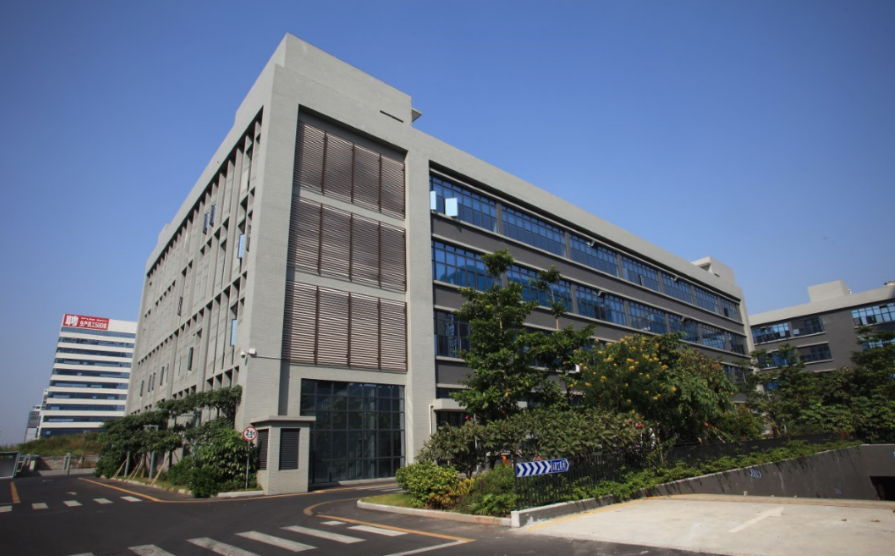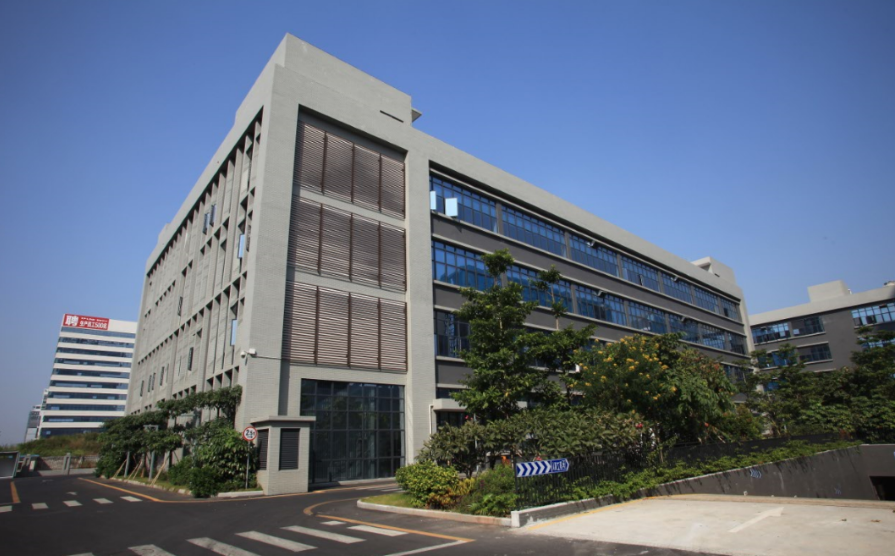Most Kstar VRLA batteries should last three to five years. However,it will also be influenced by the environment and discharge frequency. Below are some guidelines to ensure optimum life expectancy:
1. Operating Temperature: The optimum operating temperature for a lead-acid battery is 20-25° C (68-77° F). Elevated temperature reduces longevity. As a guideline, every 8° C (15° F) rise in temperature will cut the battery life in half. A battery which would last for 4 years at 25° C (77° F), will only be good for 2 years if operated at 33° C (95° F). Keep in mind that the battery temperature inside your UPS will always be warmer than the ambient temperature of the location where the UPS is installed.
2. Battery Calibration and Deep Discharge: Only perform runtime calibrations on your UPS one or two times a year, if necessary. Some of our customers want to check their systems to verify that their runtime is sufficient. However, consistently performing these calibrations can significantly decrease the life expectancy of your Kstar battery. It is also important to remember that a UPS is not designed for constant deep discharges.
3. Storage: Do not store Kstar batteries for extended periods of time. New batteries/units should be stored for no more than 6 months from date of purchase, as they ship from the factory at approximately 80% charge. After this period, the battery should be used or it will lose a great deal of its charge . It is not advisable to store batteries that have already been in use. Extended storage without periodic charging can result in shortened life expectancy and erratic battery performance.
Temperature also plays a large part in battery degradation during storage:
If the ambient temperature during storage is - 15°C to + 30°C (+ 5°F to + 86°F), perform a full recharge cycle at least every six months.
In environments where the ambient temperature is + 30°C to + 45°C (+ 86°F to + 113°F), perform a full recharge cycle at least every three months.
4. Load: As the load increases on your UPS, the runtime decreases. It is not recommended that the load exceed 80 percent of the UPS unit’s rated capacity. In the event of a power failure, a UPS loaded to full capacity will discharge the battery very quickly and there is a potential that the life expectancy of the battery will be significantly reduced.







































